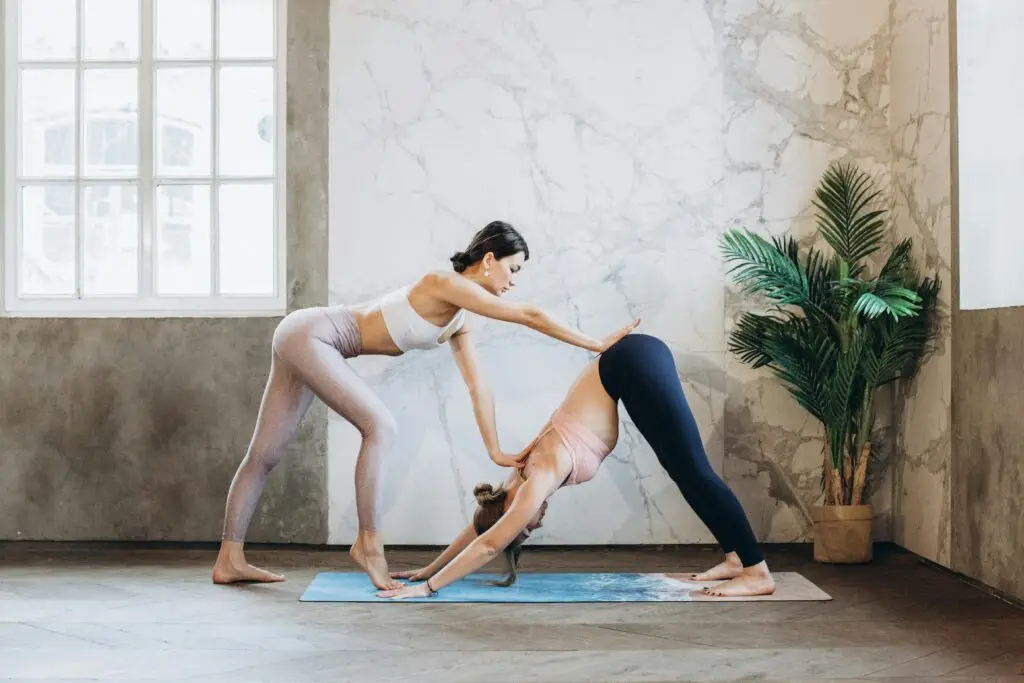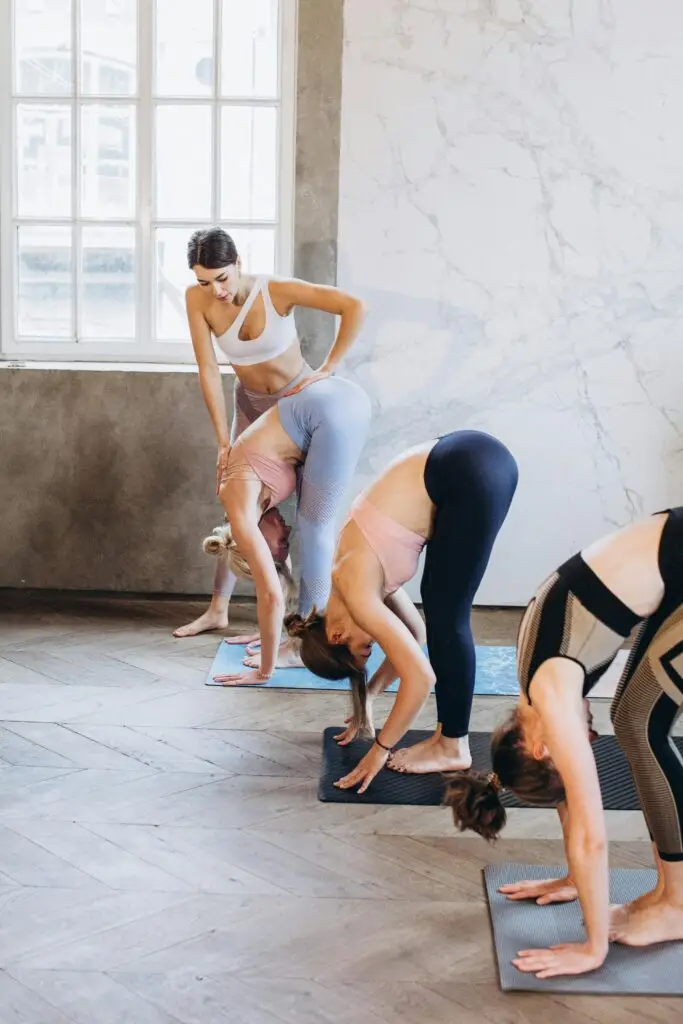
As a yoga teacher, one of your primary goals is to create an inclusive environment where all students, regardless of their skill levels, feel comfortable and challenged. Adapting yoga sequences to accommodate varying abilities is crucial for ensuring everyone can benefit from your classes. This article offers practical tips for new yoga teachers on how to modify yoga sequences and create a welcoming space for all students.
Understanding Your Students’ Skill Levels
Before adapting your yoga sequences, it’s essential to understand the different skill levels of your students. This knowledge will help you tailor your classes to meet their individual needs and ensure everyone has a positive experience.
Assessing Student Abilities
Take time to observe your students and assess their abilities. Ask about any physical limitations or previous yoga experience during the first class. This information will guide you in selecting appropriate modifications and variations for your sequences.
Tips for Assessing Student Abilities:
- Conduct a brief survey or intake form before the first class.
- Observe students during warm-up poses to gauge their flexibility and strength.
- Encourage students to communicate their needs and limitations.
Creating a Flexible Class Outline
Having a flexible class outline allows you to adapt your sequences on the fly, ensuring all students can participate comfortably. A flexible outline includes multiple variations for each pose, accommodating different skill levels and abilities.
Designing a Flexible Outline
Start with a basic sequence and build in modifications and variations for each pose. This approach ensures you can easily adjust the class flow to meet the needs of your students.
Example of a Flexible Class Outline:
- Warm-Up: Gentle stretches and breathing exercises (10 minutes).
- Main Sequence:
- Standing Poses: Include modifications using blocks or chairs.
- Balance Poses: Offer variations for stability (e.g., using a wall for support).
- Floor Poses: Provide options for different levels of flexibility.
- Cool-Down: Relaxing stretches and restorative poses (10 minutes).
Savasana: Final relaxation and guided meditation (10 minutes).

Incorporating Modifications and Variations
Modifications and variations are essential tools for adapting yoga sequences to different skill levels. These adjustments make poses accessible to all students, regardless of their experience or physical limitations.
Common Modifications
Modifications involve using props or adjusting the pose to reduce intensity or complexity. They help students safely practice poses without straining or injuring themselves.
Examples of Common Modifications:
- Downward-Facing Dog: Use blocks under the hands for wrist support or bend the knees to reduce hamstring strain.
- Seated Forward Bend: Use a strap around the feet to assist in reaching forward or sit on a folded blanket for better alignment.
- Tree Pose: Place the foot on the ankle or calf instead of the thigh for better balance.
Teaching Inclusive Classes
Inclusive teaching ensures that all students feel welcomed and supported in your yoga class. This approach involves clear communication, encouragement, and creating an environment where students feel safe to explore their practice.
Strategies for Inclusive Teaching
Inclusive teaching requires empathy and awareness of your students’ needs. Use language that encourages exploration and self-acceptance, and be mindful of any physical or emotional challenges your students may face.
Inclusive Teaching Strategies:
- Use Inclusive Language: Avoid terms that imply competition or comparison. Instead, use phrases like “find your version of the pose” or “listen to your body.”
- Encourage Self-Exploration: Remind students that yoga is a personal journey and that each person’s practice is unique.
- Provide Options: Always offer multiple variations for each pose and let students choose what feels best for them.
Practicing and Refining Your Adaptations
Practicing and refining your adaptations ensures you can smoothly integrate them into your teaching. This practice builds your confidence and allows you to provide clear and concise instructions to your students.
Tips for Practicing Adaptations
Take time to practice the modifications and variations you plan to teach. This practice helps you understand the mechanics of each pose and prepares you to offer adjustments during class.
Practicing Adaptations Tips:
- Try Each Modification: Practice each modification and variation yourself to understand how it feels in the body.
- Seek Feedback: Ask fellow teachers or experienced students to provide feedback on your adaptations.
- Stay Updated: Continuously learn about new modifications and variations through workshops, books, and online resources.
Gathering Feedback and Reflecting
Gathering feedback from your students helps you understand their experience and make necessary adjustments to your teaching approach. Reflection allows you to refine your sequences and improve your inclusive teaching practices.
Collecting and Reflecting on Feedback
Encourage students to provide feedback after class. Use this information to make informed changes to your sequences and teaching methods.
Feedback and Reflection Tips:
- Use Anonymous Surveys: Provide a safe space for students to share their thoughts and suggestions.
- Reflect After Each Class: Take a few minutes to reflect on what went well and what could be improved.
- Incorporate Feedback: Use feedback to make positive changes to your teaching approach and class structure.
Continuous Learning and Development
Continuous learning is vital for staying updated on new teaching techniques and best practices. Invest in your development by attending workshops, reading books, and engaging with the yoga community.
Resources for Continuous Learning
Continuous learning helps you stay motivated and improve your teaching skills. Explore various resources to deepen your knowledge and stay inspired.
Recommended Continuous Learning Resources:
- Books: “Teaching Yoga” by Mark Stephens, “The Yoga Bible” by Christina Brown.
- Workshops: Attend local or online workshops focused on adaptive yoga and inclusive teaching.
- Online Courses: Enroll in courses that cover advanced teaching techniques and modifications.
For more tips on inclusive yoga teaching, check out our detailed No Prep Yoga Plans Guide. Additionally, explore Yoga Alliance’s Resources for further insights.
Conclusion
Adapting yoga sequences for different skill levels is an essential skill for any yoga teacher. By understanding your students’ abilities, creating flexible class outlines, incorporating modifications, and practicing inclusive teaching, you can create a welcoming and supportive environment for all. Continuous learning and gathering feedback will further enhance your teaching, ensuring you provide valuable and engaging classes.
By following these strategies, new yoga teachers can confidently adapt their sequences to meet the diverse needs of their students, fostering a positive and inclusive yoga practice for everyone.
#different skill levels #new yoga teachers #class modification #inclusive teaching



